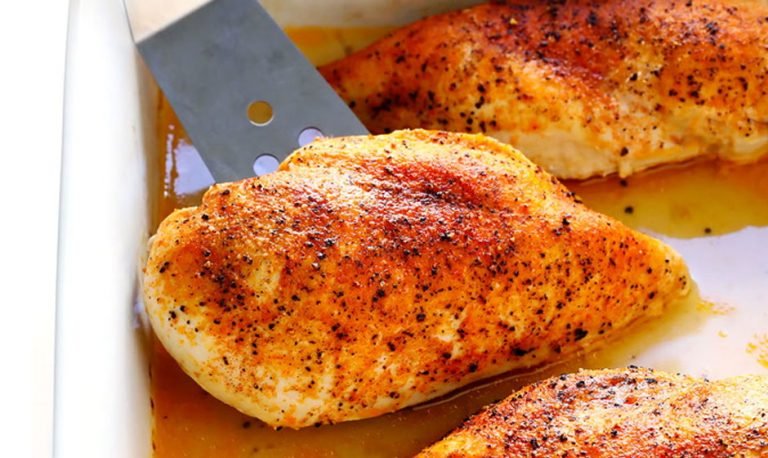Introduction
When it comes to baking boneless chicken breast, finding the right cooking time and temperature is crucial. Properly cooked chicken ensures both safety and deliciousness. However, it’s important to exercise caution and adhere to food safety guidelines. In this article, we will discuss the recommended cooking time, temperature, and best practices for baking boneless chicken breast. Let’s get started!
The Importance of Being Careful
Cooking poultry, including chicken breast, requires attention to ensure food safety. Salmonella, a foodborne bacteria, poses a risk if chicken is undercooked or handled improperly. It’s vital to handle raw chicken with care to avoid potential contamination and foodborne illness. By following proper cooking techniques, you can reduce the risk and enjoy a safe meal.
Recommended Cooking Tips
Here are some essential tips to keep in mind when baking boneless chicken breast:
- Thaw frozen chicken slowly in the refrigerator or use the quicker method of placing it in a leak-proof package or plastic bag submerged in cold tap water.
- Bake a 4-ounce chicken breast at 350°F (177°C) for approximately 25 to 30 minutes.
- To ensure it’s thoroughly cooked, use a meat thermometer to check that the internal temperature reaches 165°F (74°C).
Was this information helpful?
Optimal Time and Temperature
The United States Department of Agriculture (USDA) provides a general guide for roasting, simmering, and grilling chicken. Here’s a breakdown of the recommended cooking time and temperature for boneless chicken breast:
- Roasting at 350°F (177°C): 4-ounce boneless chicken breast halves require 20 to 30 minutes.
- Simmering: 4-ounce boneless chicken breast halves need approximately 25 to 30 minutes.
- Grilling: Boneless chicken breast halves should be grilled for 6 to 9 minutes per side.
Please note that these times are approximate, as individual ovens may vary slightly in temperature. Additionally, it’s crucial to double-check the internal temperature of the chicken using a meat thermometer. To ensure food safety, the internal temperature should reach 165°F (74°C).
Common Misconceptions and Best Practices
To ensure proper cooking and reduce the risk of contamination, it’s important to address common misconceptions and follow best practices:
- Don’t rely on visual cues alone to determine if the chicken breast is cooked. The color of the meat may not accurately indicate doneness.
- Avoid cross-contamination by thoroughly washing and disinfecting surfaces, utensils, and hands after handling raw chicken.
- Thaw frozen chicken in the refrigerator, microwave, or in a sealed bag submerged in cold water. Cook it immediately after thawing.
- Store cooked chicken breast in the refrigerator within two hours of cooking and consume the leftovers within two to three days.
- Maintain proper hygiene by washing surfaces and utensils that come into contact with raw chicken.
Was this information helpful?
Delicious Chicken Breast Recipes
Now that you’re equipped with the knowledge of safe chicken handling, it’s time to explore some delectable recipes. Boneless chicken breasts are incredibly versatile and can be used in various dishes. Here are a few ideas to get you started:
- Chop cooked chicken breast and add it to salads for a protein-packed meal.
- Create flavorful sandwiches using sliced or shredded chicken breast.
- Grill or bake chicken breast with your favorite seasonings for a delicious main course.
Don’t be intimidated by cooking chicken breast. With proper handling and adherence to food safety guidelines, you can enjoy this lean and tasty protein source.
Remember, safety and deliciousness go hand in hand when it comes to preparing boneless chicken breast. Happy cooking!



